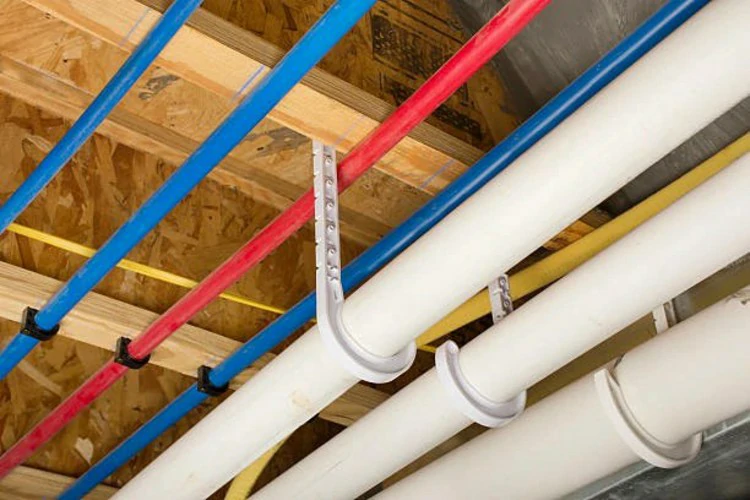Introduction:
CPVC plumbing systems excel in performance and durability, making them popular for residential and commercial projects. Here, we’ll explore effective methods and tips for their installation, ensuring reliable plumbing systems.
Preparation and Planning:
Assessing the Layout: Before beginning the installation process, carefully assess the plumbing layout and determine the placement of pipes, fittings, and fixtures. Plan the routing of CPVC plumbing to minimize bends, angles, and obstructions, ensuring efficient water flow and easy maintenance.
Gathering Materials and Tools: Gather all necessary materials and tools for the installation, including CPVC plumbing, fittings, solvent cement, primer, measuring tape, pipe cutter, deburring tool, and a suitable wrench. Ensure that you have the correct size and type of CPVC components for the intended application.
Installation Techniques:
Cutting CPVC plumbing: Use a sharp, fine-toothed saw or a specialized pipe cutter to cut CPVC plumbing to the desired length. Ensure clean, square cuts without burrs for proper fitting and sealing.
Dry-Fitting and Marking: Dry-fit the CPVC pipes and fittings without cement to verify the alignment and fit. Use a marker to mark the insertion depth on both the pipe and fitting, ensuring accurate placement during the final assembly.
Solvent Cement Application: Apply CPVC solvent cement to the outside of the pipe and the inside of the fitting socket using a brush or applicator. Ensure that the cement is spread evenly and covers the entire joint surface to achieve a strong and leak-free bond.
Assembly and Cure Time: Immediately insert the pipe into the fitting socket and give it a quarter turn to evenly distribute the cement. Hold the joint in place for a few seconds to allow the cement to set. Allow sufficient curing time as per the manufacturer’s instructions before pressurizing the system.
Tips for Success:
Work in a well-ventilated area when using solvent cement to avoid inhalation of fumes.
Use CPVC primer before applying solvent cement to enhance the bonding strength and ensure a secure connection.
Avoid over-tightening CPVC fittings, as this can cause stress on the joints and lead to leaks or cracks.
Conduct pressure tests to verify system integrity and leak-free performance before concealing pipes.
Conclusion:
Mastering the installation of CPVC plumbing requires careful planning, proper technique, and attention to detail. Follow these methods and tips for a professional-quality CPVC plumbing installation, ensuring reliable performance and longevity.
Contact
IFAN is a professional manufacturer with 30 years of experience, dedicated to producing high-quality plastic pipes, fittings, and valves. Our products include brass valves, PPR valves, as well as various pipes and fittings to meet different customer needs. Whether you need plumbing and drainage pipes or valve products, IFAN can provide a diverse range of high-quality, cost-effective products to support your projects. Below is our contact information.
We will reply your email or fax within 24 hours.
You can call us at any time if there is any question on our production.
For more information,pls visit our webside https://www.ifanplus.com/
Pls Mailto: [email protected]






